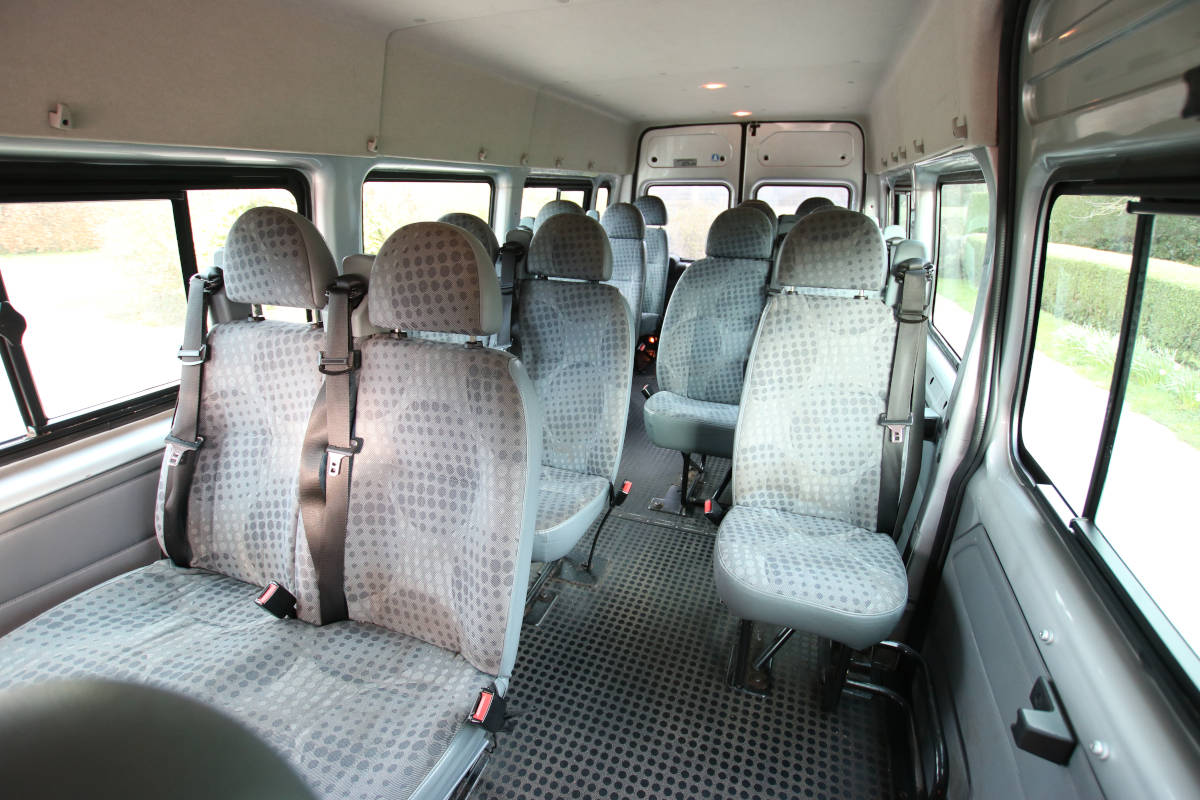
Open in New Window
Open in New Window
For reliable, comfortable professionally organised group travel services in Monmouthshire and surrounding areas, call ASC Phillips. Whatever size of group you need to move, they can be accommodated in modern, well equipped vehicles, driven by experienced, DBS checked drivers. The vehicles avaible are:
- Minibuses, 8-16 seat
- 36 Seat coach with luggage space
- 53 Seat executive coach with luggage space
- 70 Seat coach with luggage space

--Request Information-- --More Images Like This--Photo from Featured Project near Blakeney
Minibus travel is ideal for small groups
From eight to sixteen people can travel together in one of our minibuses. There is one the right size for every party, All are modern, well equipped, spacious and comfortable. All the drivers are DBS checked, helpful and professional.
Minibus travel is ideal for small groups
From eight to sixteen people can travel together in one of our minibuses. There is one the right size for every party, All are modern, well equipped, spacious and comfortable. All the drivers are DBS checked, helpful and professional.
Get your group travel arrangements on the road and call us now, or click in the header of any page to get a quote.
Blakeney is a small, thriving village on the eastern edge of the Forest of Dean, on the main A48 road between Gloucester and Chepstow. It was at a house called Hawfield that Thomas Stenhold was born. He was Groom of the Robes to Henry VIII and his son, but is renowned (along with John Hopkins of Awre) for publishing the first metrical version of the Psalms. The house where he was born still exists in the village. Thomas Sternhold died in 1549.
Situated at the confluence of the Blackpool and Soudley Brooks, Blakeney is a busy Forest village that was a natural site for early industry (an iron forge and furnace existed here as early as 1228). The oldest building is the 16th century Swan House, formerly an inn, although there are several 17th and 18th century buildings in the village, the largest being the early 18th century Church of All Saints. Blakeney's industrial past is recalled by several buildings, including two corn-mill; the Upper Mill, by the A48 and Nibley Mill ( a partly half timbered house with adjoining stone mill where the B4431 Parkend road joins the A48). The old Blakeney Goods Station and the imposing six arched railway viaduct were built for the Forest of Dean Central Railway, which was begun in 1856 and was intended to run from Howbeach Colliery (situated about 1mile north east of the village) to a new dock at Brimspill on the Severn, it was never completed and only ran to a junction on the main South Wales line.
During renovations on one of the houses near Blackpool Brook, a large high-status Roman villa was discovered. This building was located next to the Roman military coast road from Newnham and it not only had a heating system, tiled roof and a stone courtyard but also a slip-way on the stream, indicating it was accessible by boat from the Severn. Pottery on the site dated construction to c75AD, making it the earliest villa known in the Dean and it was occupied for around sixty years until being demolished sometime in the middle of the 2nd century. It is thought that it was the residence of a high ranking Roman official, possibly an Army officer from the legionary fortress at Gloucester.
The Church of England church at Blakeney was built in the 1800's. Before this time, the parish was combined with the village of Awre, a little further to the east and closer to the River Severn. The font is what appears to be a 15th century stoup for holy water, believed to have been removed from Awre church during the reformation and buried for safety. It was found near Gatcombe when the railway was built, and used locally as a flower pot for many years before being brought to the church at Blakeney. In the early 1800s there was a considerable non-conformist movement from the established church, and a tabernacle was built at Blakeney in 1823, a mile north of the village. This building is now used as houses. A replacement tabernacle was built in the village in 1849 (before the church of England church was built).

